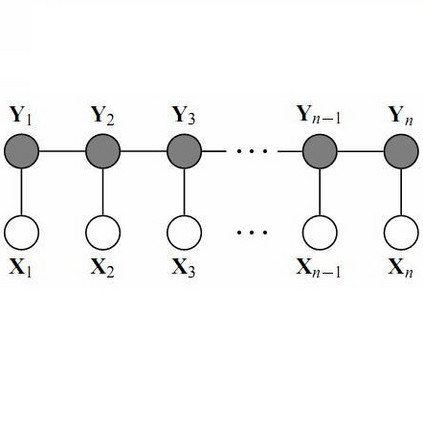Aspect-based Sentiment analysis (ABSA) accomplishes a fine-grained analysis that defines the aspects of a given document or sentence and the sentiments conveyed regarding each aspect. This level of analysis is the most detailed version that is capable of exploring the nuanced viewpoints of the reviews. The bulk of study in ABSA focuses on English with very little work available in Arabic. Most previous work in Arabic has been based on regular methods of machine learning that mainly depends on a group of rare resources and tools for analyzing and processing Arabic content such as lexicons, but the lack of those resources presents another challenge. In order to address these challenges, Deep Learning (DL)-based methods are proposed using two models based on Gated Recurrent Units (GRU) neural networks for ABSA. The first is a DL model that takes advantage of word and character representations by combining bidirectional GRU, Convolutional Neural Network (CNN), and Conditional Random Field (CRF) making up the (BGRU-CNN-CRF) model to extract the main opinionated aspects (OTE). The second is an interactive attention network based on bidirectional GRU (IAN-BGRU) to identify sentiment polarity toward extracted aspects. We evaluated our models using the benchmarked Arabic hotel reviews dataset. The results indicate that the proposed methods are better than baseline research on both tasks having 39.7% enhancement in F1-score for opinion target extraction (T2) and 7.58% in accuracy for aspect-based sentiment polarity classification (T3). Achieving F1 score of 70.67% for T2, and accuracy of 83.98% for T3.
翻译:以视觉为基础的感知分析(ABSA) 完成了精细分析,定义了特定文件或句子的方方面面以及每个方面表达的情绪。 这种分析水平是最详细的版本,能够探索审查的细微观点。 ABSA 中的大部分研究侧重于英语,而阿拉伯文本几乎没有工作。 大部分先前的阿拉伯语工作都基于常规的机器学习方法,主要取决于分析和处理阿拉伯内容(如Lexiccons)的稀有资源和工具,但缺乏这些资源又是一个挑战。 为了应对这些挑战,深度学习(DL)法(DL)法(DL)法(DL)法(DL)是用基于Gatedald 常规单位(GRU) 神经网络网络网络的两种模型来探讨这些审查的精度(Ot58) 精度(GRU) 的精度(GRU) 精度(G) 的精度(BRU) 和(FRFR) 调(B-N-N-CRF) 模型(B) 的精度模型的精度模型(B) 精度分析(O-B) 精度(O-B) 的精度的精度。





